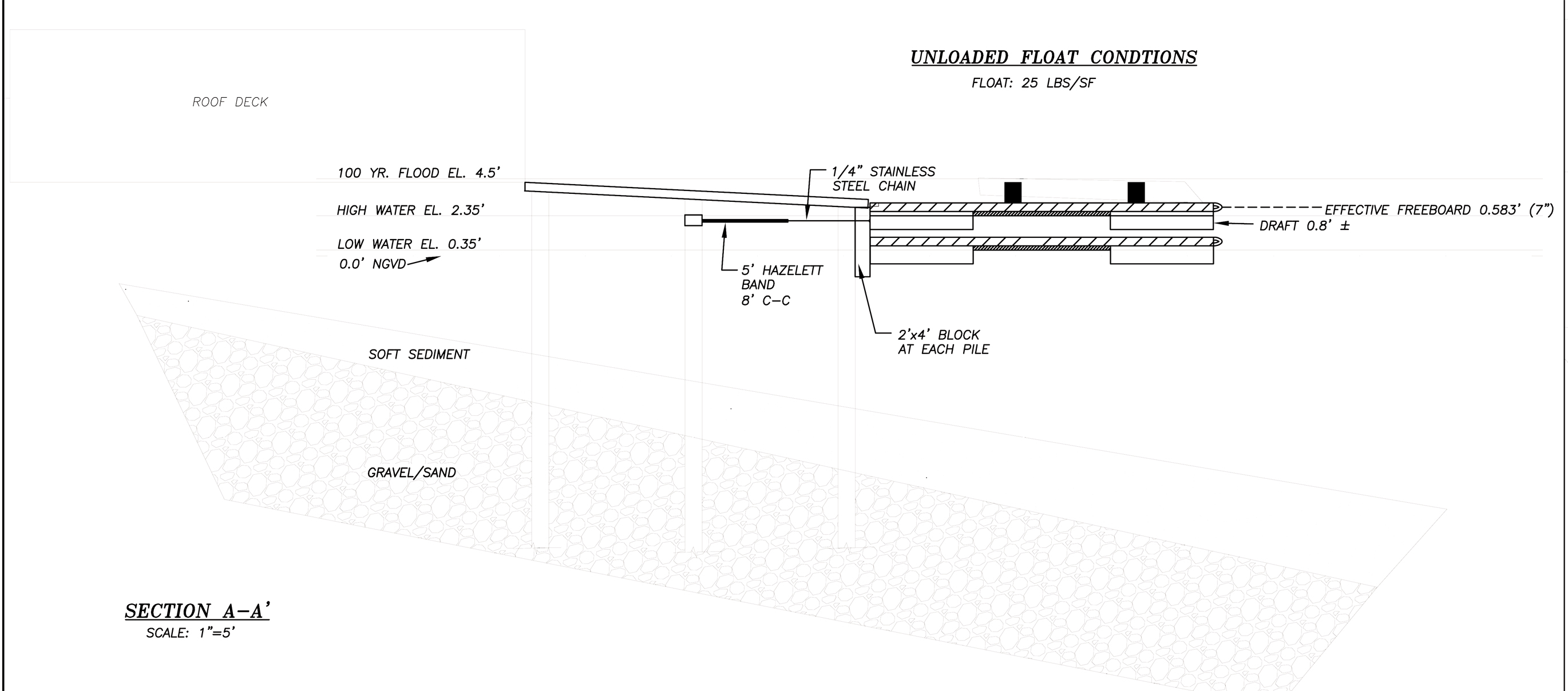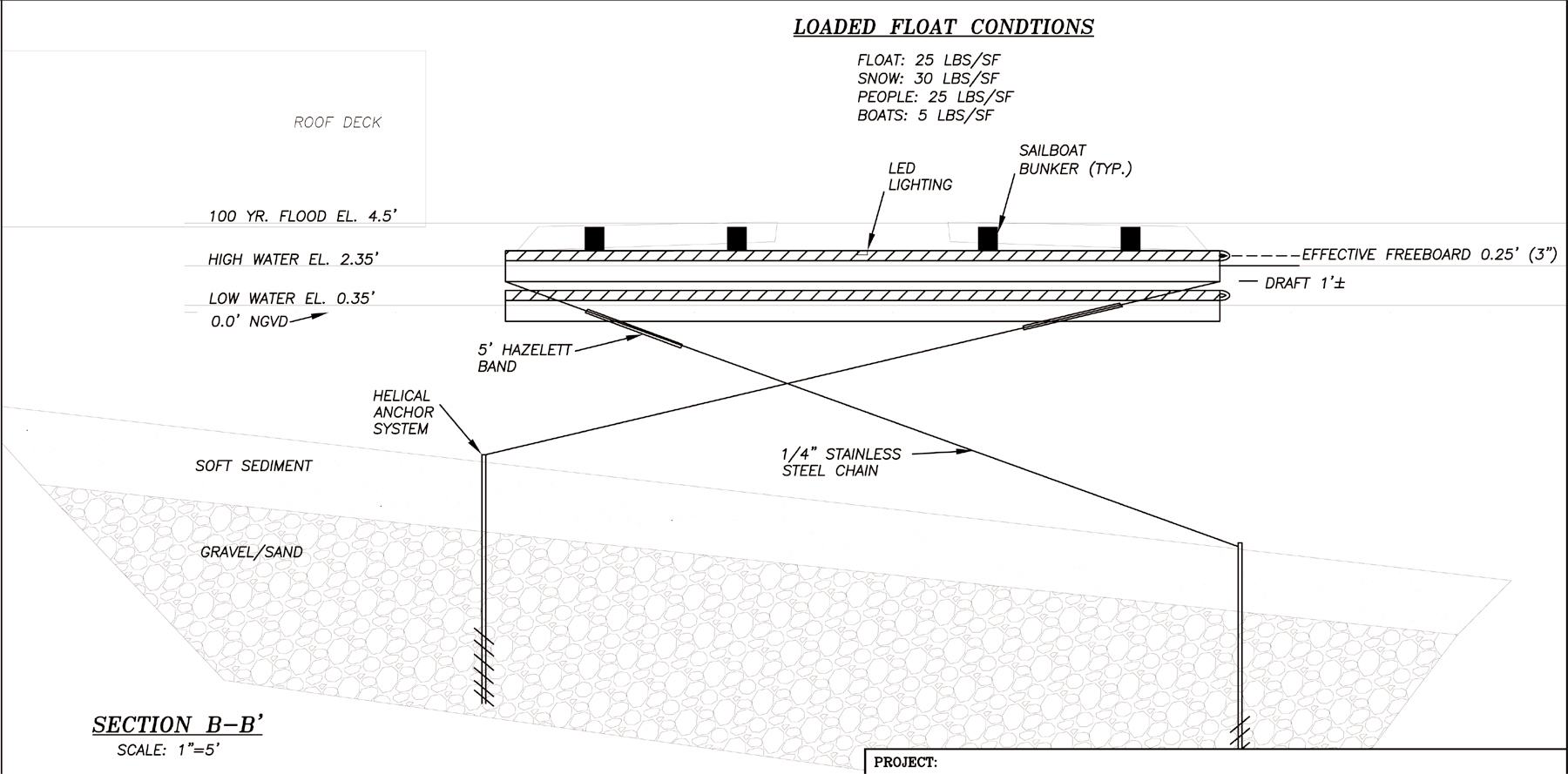Progress:
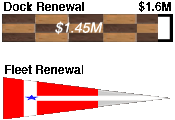
MIT Sailing
75th Anniversary Renewal Project
Dock Renewal
The current docks are fixed height and were built when the river level was consistently kept high. The river now fluctuates, and the water level is often 2 to 4 feet below the dock. This makes it extremely difficult for sailors to retrieve dinghies out of the water, and dramatically increases structural damage to boats. (more...)
The urgency of completing this project cannot be over-stated. MIT has initiated the permitting process with the various state agencies and received a very cooperative and positive response. The absolute deadline for placing this order is March 2011 for delivery and installation by our 75th Anniversary of Sailing in the Spring of 2012.
A new floating dock system will preserve the structural integrity of the fleets and make the launching and, as importantly, make the launching and retrieval process less of a burden to MIT sailors. Dinghies will be stored on the new docks, eliminating the need to carry them in and out of the pavilion, thus saving sailors time and minimizing wear and tear on the vessels.
The dock system will consist of three parts:
- A floating dock mounted off the current fixed dock attached by Hazelett stretchy bands to existing piles
- Two moored floating docks of both the west and east ends of the current fixed dockw which will be anchored by moorings, not piles
During the saling season, a ballast system will allow the dock deck to be close to the water level. In the winter, removing the ballast will deflect potential damaging ice flows beneath the system.
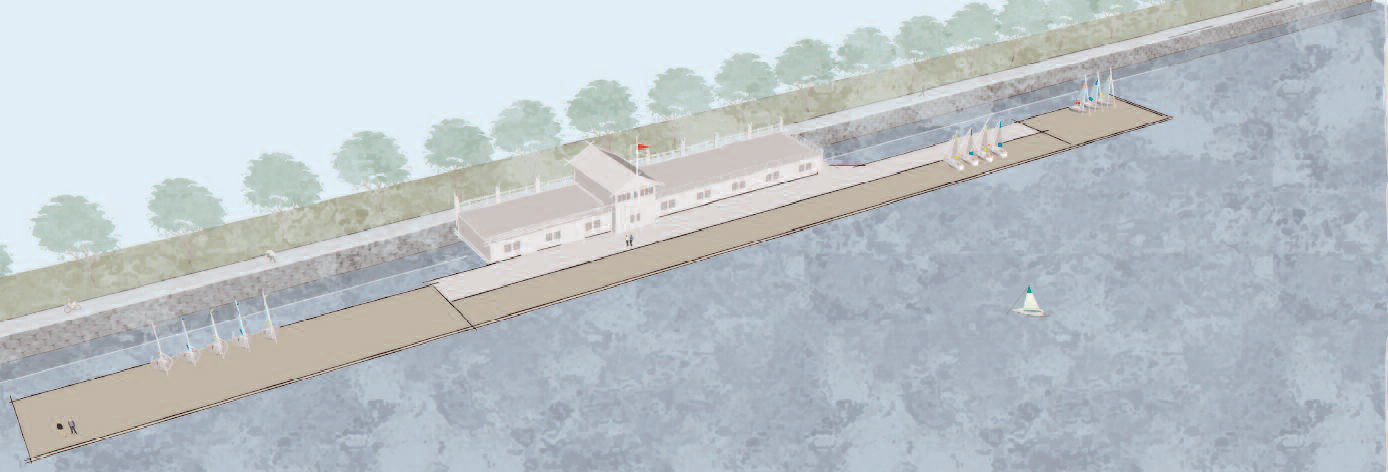
| Gift & Naming Opportunities | Qty | |
|---|---|---|
| 15 | Give! | |
| 10 | Give! | |
| Give! |
Floating Dock Details

MATERIALS:
- Extruded Aluminum Alloy Framing System
- Composite Wood Decking
- Composite Fender System - Made from recycled plastic.
- Floats - Polyethylene Shells
- Ballast system to accommodate 5 tons of water ballast per 20'x20' section
ATTACHMENT:
Current Dock Deficiency
When the river level is low, the boats become damaged as they bang against the face of the dock and the exposed pilings. Damage frequently occurs as delamination at the gunwale. When sailors struggle to retrieve their dinghies, they pull down on the bow while the stern is still in the water. This compression accelerates the failure of the keelson - the spine of the hull.
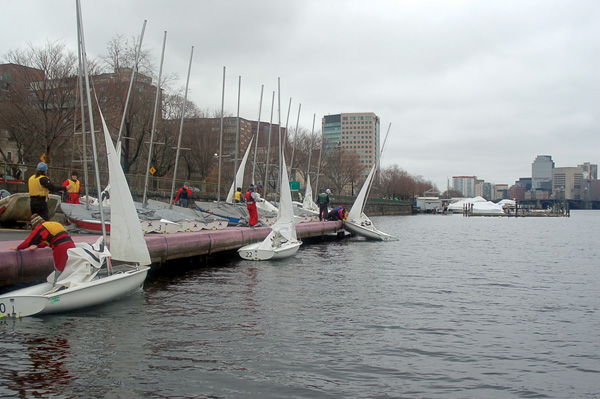
|
|
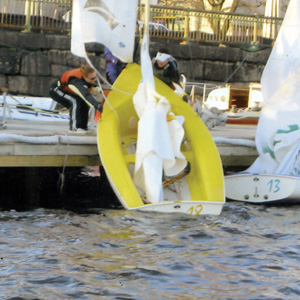
|
Top: Sailors need to lay down on
their stomachs to begin pulling the
boats out of the water.
Left: Dinghy retrieval requires at least three or four sailors in order to reduce the risk of serious back injury. |
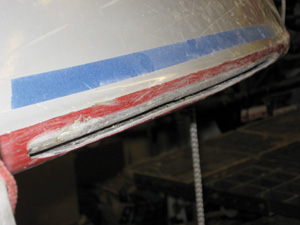
|
Left: Gunwales on a tech dinghy that have split open. |
| Right:The damaged section needs to be cleaned out and rebonded. |
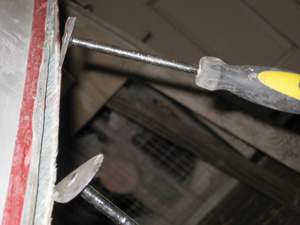
|

|
Full boat donations or Fleet gifts will proudly display a plaque inside the cockpit area for all users to appreciate your generosity. All donors or groups of donors are invited to name their boat as well. Historically, names have been chosen to honor a coach, family friend, interesting inspiration or person of admiration. The choice is yours! |

Contact
Candace L. Royer
Associate Director of Development / Athletics
MIT Office of Individual Giving
617-253-0153
clroyer@mit.edu

